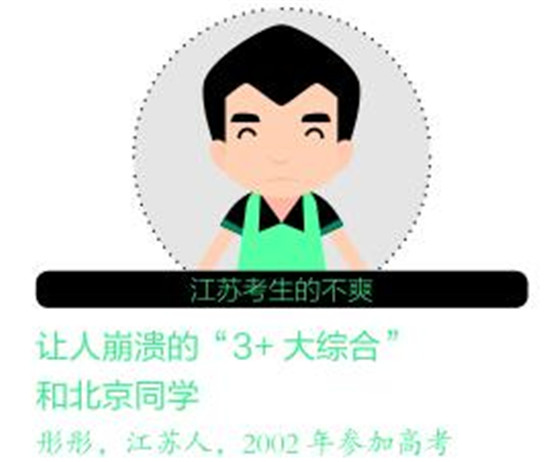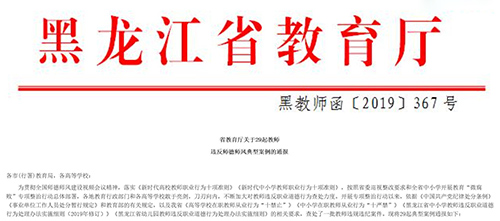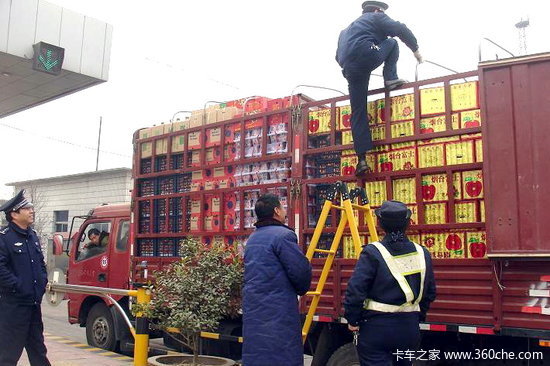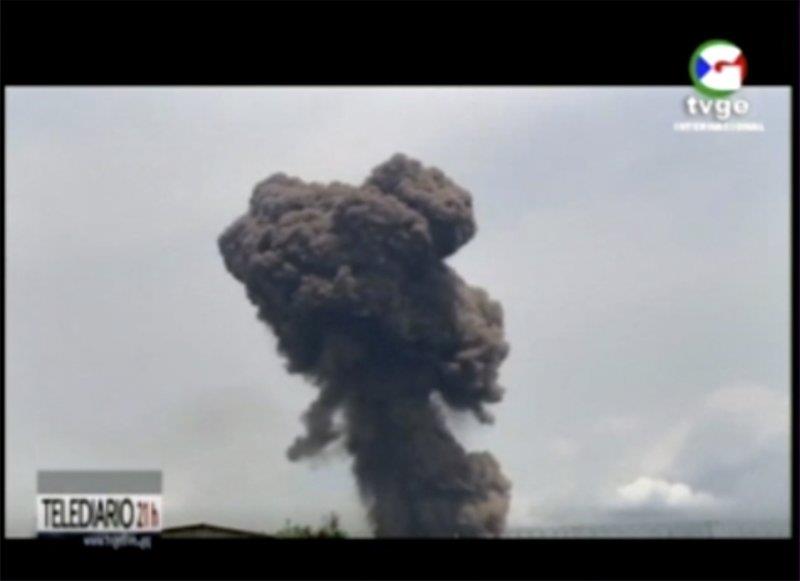Shenzhen issued the first "International Edition" hospital accreditation standard in China.
In the eyes of the public, "top three hospitals" are the golden signboard of hospitals. Similarly, many hospitals also need to obtain the "international version" of high-level medical standard certification for the needs of conducting business exchanges with overseas hospitals and accepting international commercial insurance payments.
This year, Shenzhen took the lead in breaking through. On September 22nd, the Shenzhen Municipal Government held a press conference on "International Certification Standard for Hospital Quality (2021 Edition)" (referred to as "International Standard (2021 Edition)"), and officially released the "International Edition" hospital accreditation standard. This is also the first internationally certified hospital accreditation standard in China, which will strongly promote the internationalization of hospital accreditation standards in China.
International insurance customers can "brush medical insurance" in China.
With the increasingly frequent international exchanges, more and more China residents or foreigners need to use the international commercial insurance they have purchased for medical treatment in the Mainland, and many domestic medical institutions often need to negotiate and sign contracts with international insurance companies one by one in order to be recognized by international commercial insurance institutions. In order to strengthen medical quality management, many hospitals in China chose to participate in international certifications such as JCI in the United States and ACHS in Australia.
Now, after Shenzhen issued the first "international" hospital evaluation standard, it will be beneficial for China’s high-level medical institutions to integrate into the international market by using "domestic standards". Domestic hospitals can choose to pass this standard, and the quality and safety of hospitals can be recognized internationally, especially directly by international commercial insurance institutions. Customers who purchase international insurance can directly "brush commercial medical insurance" and seek medical treatment in hospitals that have passed the "International Standard (2021 Edition)" certification.
In the future, this standard will be popularized and applied in medical institutions in Greater Bay Area, including hospitals in Hong Kong and Macao, to promote the convergence of medical homogenization and cross-border medical service rules in Greater Bay Area, and to realize the intercommunication of people flow, logistics, capital flow and information flow in the Bay Area.
At present, "International Standard (2021 Edition)" has been welcomed by some hospitals. Four public hospitals in Shenzhen (Shenzhen Hospital of Southern Medical University, Shenzhen Hospital of Hong Kong University, Union Hospital of Huazhong University of Science and Technology, Shenzhen People’s Hospital of Longhua District) plan to take the lead in participating in the evaluation in the near future.
Integrate the "Three-A" standards with international standards, and the standards "only rise but not fall"
Xu Xiaoping, chairman of the Evaluation and Research Center of Shenzhen Weijian Hospital, introduced that the International Certification Standard for Hospital Quality (2021 Edition) is an upgrade of the "Three-A" standard and a fusion with international standards. On the basis of the National Accreditation Standards for Tertiary Hospitals (2020 Edition) and the National Detailed Rules for the Implementation of Accreditation Standards for Tertiary General Hospitals (2011 Edition), the center was compiled in nearly one year according to the principle of "standards only go up, not down", referring to relevant international documents and comparing with the requirements and principles of ISQua.
The standard is divided into three chapters (hospital function and task, patient safety and medical service and medical quality, hospital management and operation), with a total of 186 evaluation items. Each evaluation result is divided into five grades (excellent, good, up to standard, substandard and unwell), which are reviewed every four years, emphasizing continuous improvement.
The advantages of this standard are lean in quality and safety, global in risk management, systematic in occupational safety, meticulous in humanistic care and frank in doctor-patient relationship. For example, in terms of employees’ occupational safety, the "Three-A" standards mainly emphasize radiation safety, biological safety and chemical safety management, while the "International Standard (2021 Edition)" adds other safety clauses such as laser safety, manual handling operation, workplace violence and employee health intervention on this basis, and comprehensively requires the establishment and improvement of occupational safety and health management system.
Foreign mainstream medical evaluation standards attach great importance to humanistic care and public disclosure. The "International Standard (2021 Edition)" has also joined the requirements of Australian ACHS and other international standards on "public disclosure". "In the international medical certification standards, it is necessary to actively inform and disclose the patients or the public after the hospital has an adverse event. In the past ten years, Shenzhen Hospital of the University of Hong Kong has been at the forefront of China in this respect and has been welcomed by the public. "
Cross-border medical exploration in the "first demonstration zone" is a major breakthrough in the reform of comprehensive authorization.
The International Accreditation Standard for Hospital Quality (2021 Edition) originated from the successful practice of "one hospital, two systems" in Shenzhen Hospital of Hong Kong University. As a pioneer of public hospital reform and medical cooperation between Shenzhen and Hong Kong, Shenzhen Hospital of the University of Hong Kong passed the international certification of ACHS (Australian Medical Service Standards Committee) in the third year of its opening (2015), and passed the accreditation of domestic top three hospitals in the fifth year of its opening (2017), becoming the first hospital in the mainland to pass both ACHS certification and top three accreditation. Compared with the experts in Hong Kong, the hospital found that the domestic standards for the top three accreditation are even more detailed and strict in terms of medical quality and safety requirements. The top three accreditation can be internationally recognized on the basis of integrating some foreign excellent practices, and the hospital has thus developed the idea of "top three" internationalization, which has been supported by provinces, cities and countries.
In 2019, the CPC Central Committee and the State Council issued "Opinions on Supporting Shenzhen to Build Socialism with Chinese characteristics Pilot Demonstration Zone", and in 2020, the General Offices of the General Office of the Central Committee of the CPC and the State Council issued "Implementation Plan for Shenzhen to Build Socialism with Chinese characteristics Pilot Demonstration Zone for Comprehensive Reform (2020-2025)", all of which put forward the reform task of exploring the establishment of a hospital evaluation and certification standard system in line with international standards. With the strong support of the National Health and Wellness Commission and the Guangdong Provincial Health and Wellness Commission, in December 2020, Shenzhen decided to set up a non-profit third-party evaluation and evaluation research center-Shenzhen Weijian Hospital Evaluation and Evaluation Research Center, which absorbed senior certification experts at home and abroad, set up an evaluation expert database, standardized international rules, and integrated domestic evaluation practice, and compiled the International Accreditation Standard for Hospital Quality (2021 Edition), which was the first to realize the hospital evaluation standard.
In February, 2022, the International Accreditation Standard for Hospital Quality (2021 Edition) passed the international standard certification of ISQUEEA, and became the first internationally certified hospital accreditation standard in China.
ISQua is the only organization in the world that certifies medical accreditation bodies, and it is called "examiner" of medical accreditation bodies. More than 60 third-party medical accreditation bodies in the world have been certified by Isquaea, including JCI of the United States, KTQ of Germany, ACHS of Australia, DNV of Norway, and Taiwan, China Medical Quality Council.
Source: Shenzhen Health and Wellness Committee and Shenzhen Weijian Hospital Evaluation Research Center.











